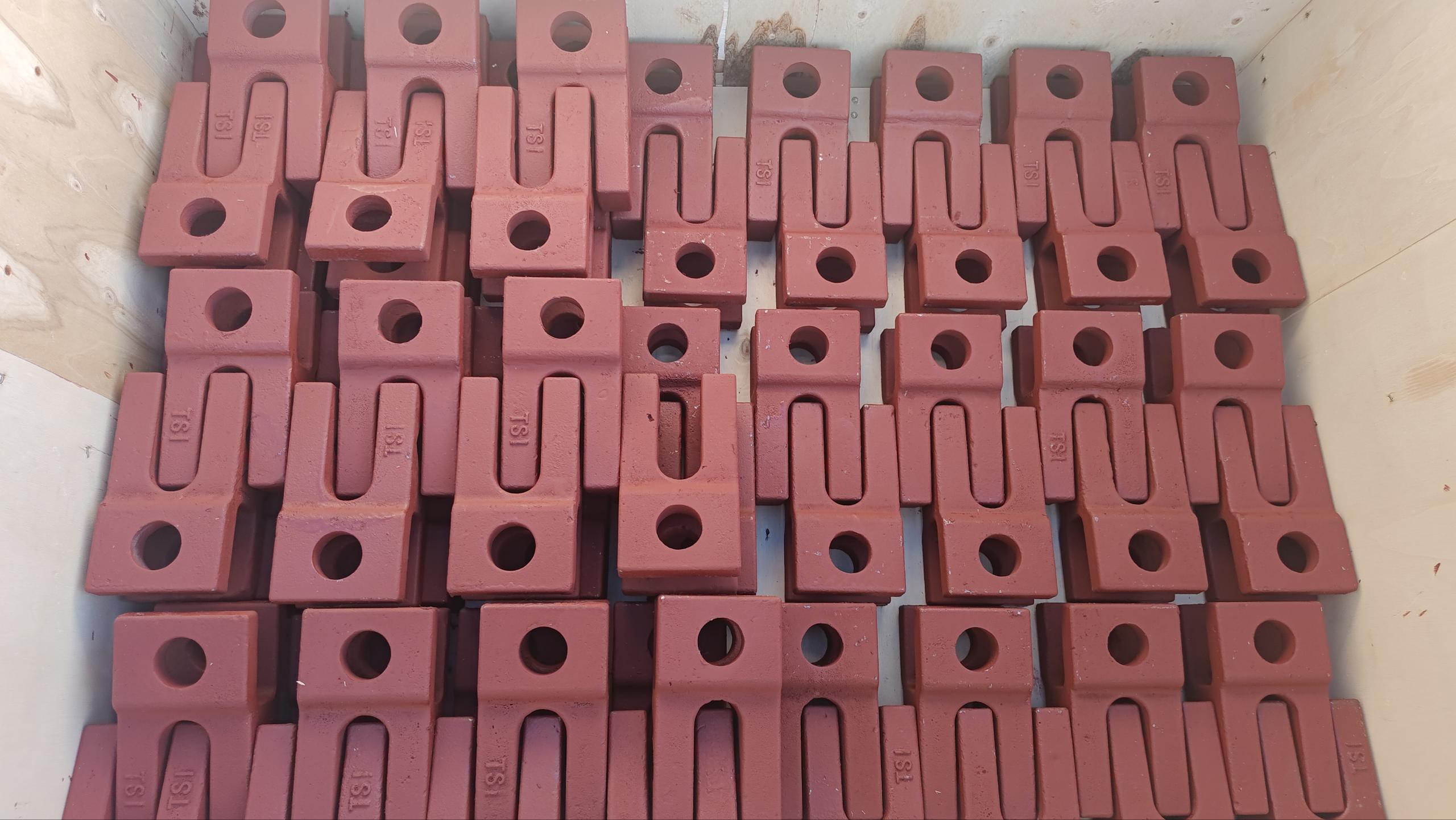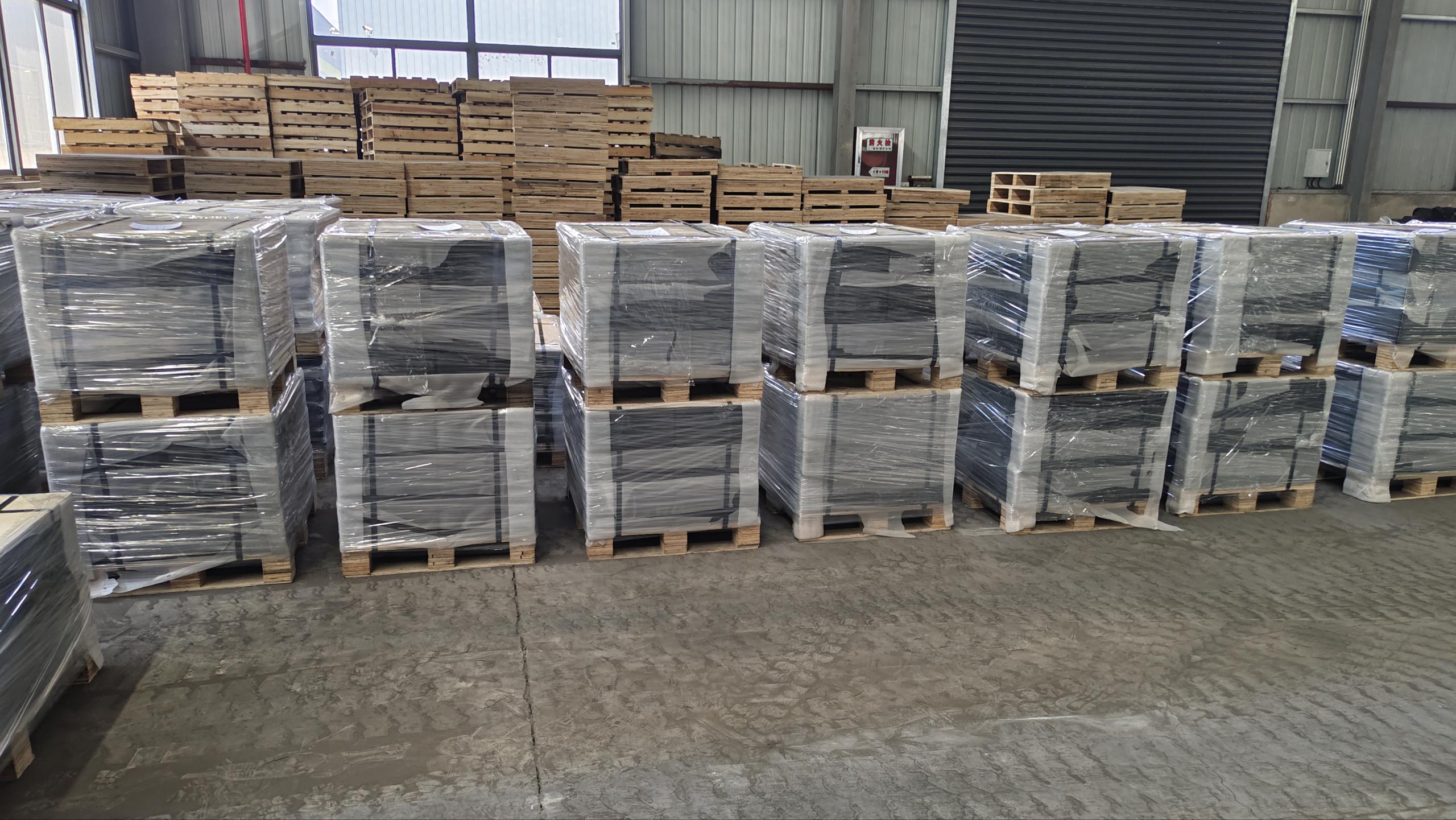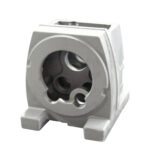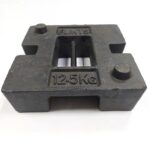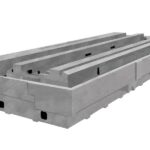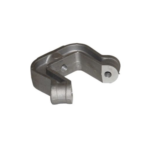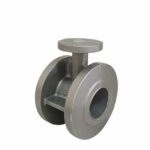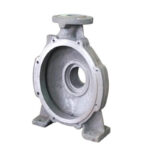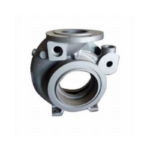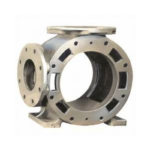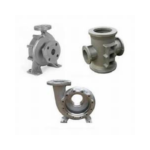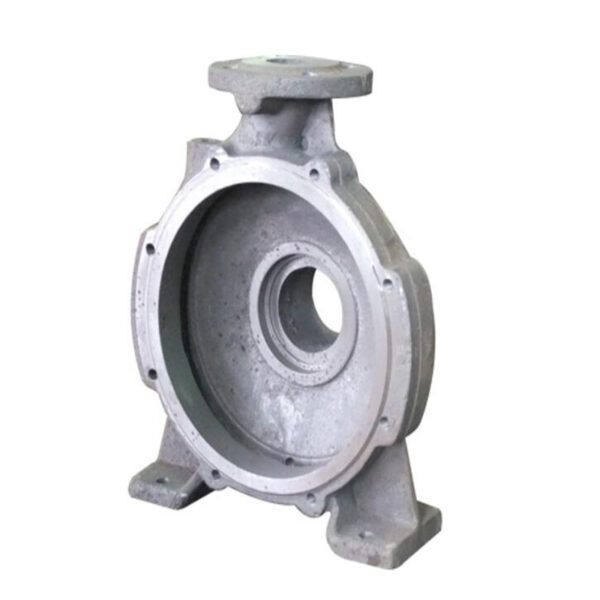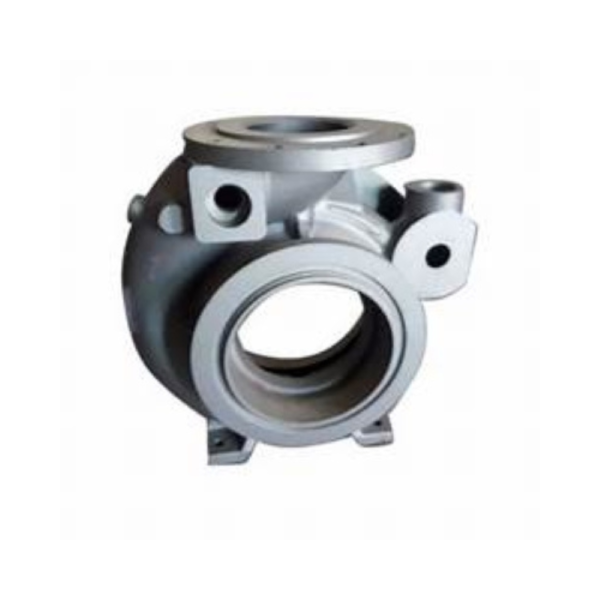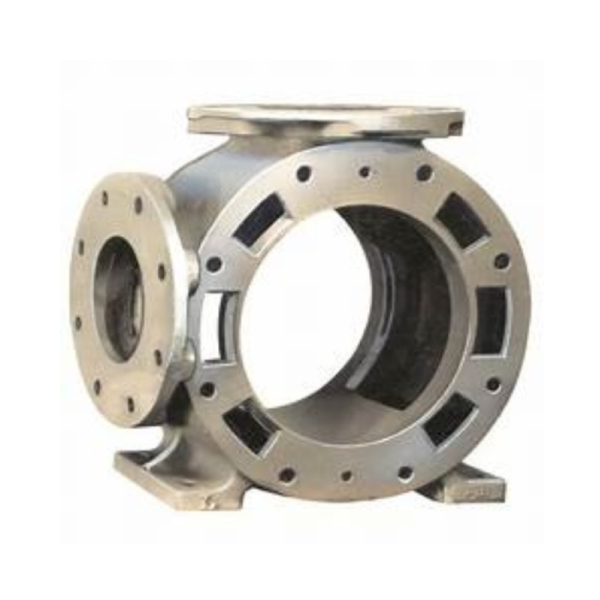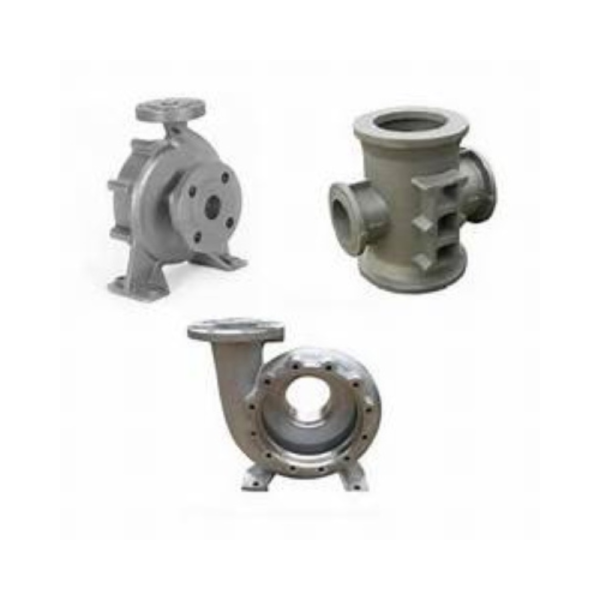Pump housing
Our Grey Iron Pump Housing Castings are engineered to provide excellent vibration damping, thermal conductivity, and machinability, making them ideal for use in various pump systems across industrial and commercial applications. Manufactured using high-quality grey cast iron (typically EN-GJL-200 or EN-GJL-250), these housings offer outstanding dimensional stability and corrosion resistance for long-term durability.
Key Features
High dimensional accuracy and excellent surface quality
Our grey iron pump housings are produced using precision molding techniques and well-designed patterns, ensuring consistent dimensional accuracy and minimal surface defects. This reduces the need for extensive machining and improves assembly compatibility.
Good vibration damping and noise reduction performance
Grey cast iron contains graphite flakes that absorb and dissipate vibration energy effectively. This inherent damping property helps reduce noise and mechanical wear in pump systems, extending service life and improving user comfort.
High thermal conductivity for efficient heat dissipation
The material’s excellent thermal conductivity allows for quick and even heat transfer, which is particularly important in pump applications involving fluid temperature fluctuations. This helps prevent localized overheating and improves overall system reliability.
Cost-effective material solution for non-pressurized or low-pressure systems
Grey iron offers an economical balance of performance and price, making it an ideal choice for pump housings operating under low or atmospheric pressure. It provides sufficient strength for these applications while keeping production costs low.
Excellent machinability for secondary operations
Thanks to its graphite structure, grey cast iron is easy to machine with minimal tool wear. This allows for efficient processing of features like flanges, bolt holes, and sealing surfaces, resulting in shorter lead times and reduced production costs.
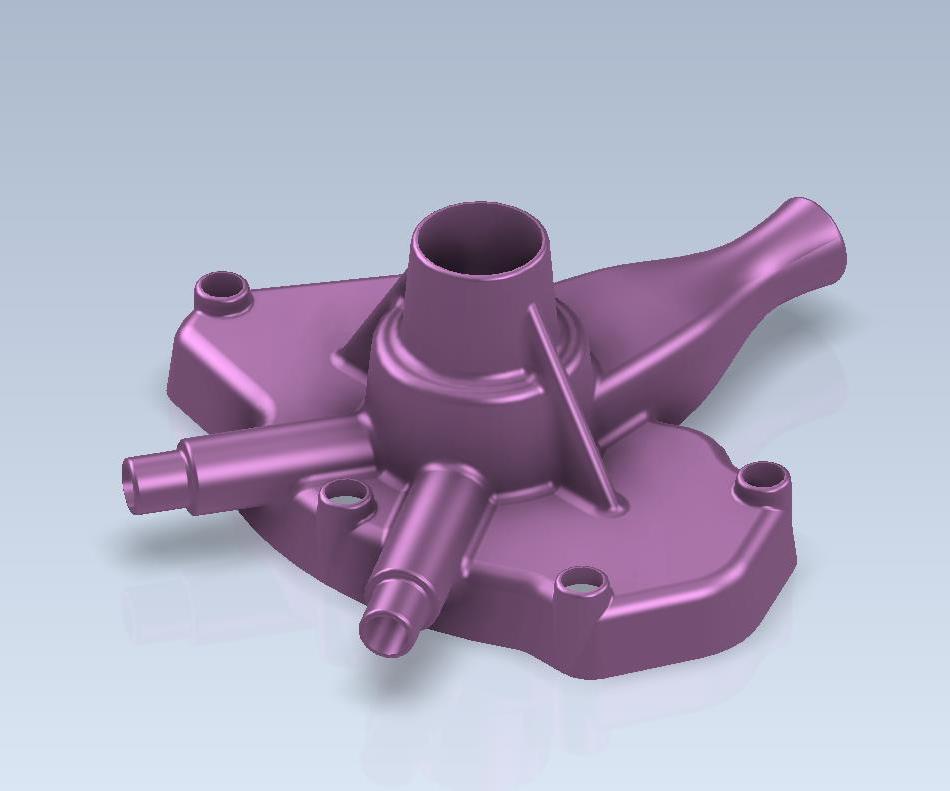
3D models are created based on customer drawings, considering shrinkage and machining allowance.
Patterns are CNC-machined from wood, aluminum, or resin, depending on accuracy and production volume. Wood is used for small batches, aluminum for durability, and resin for complex, high-precision parts.
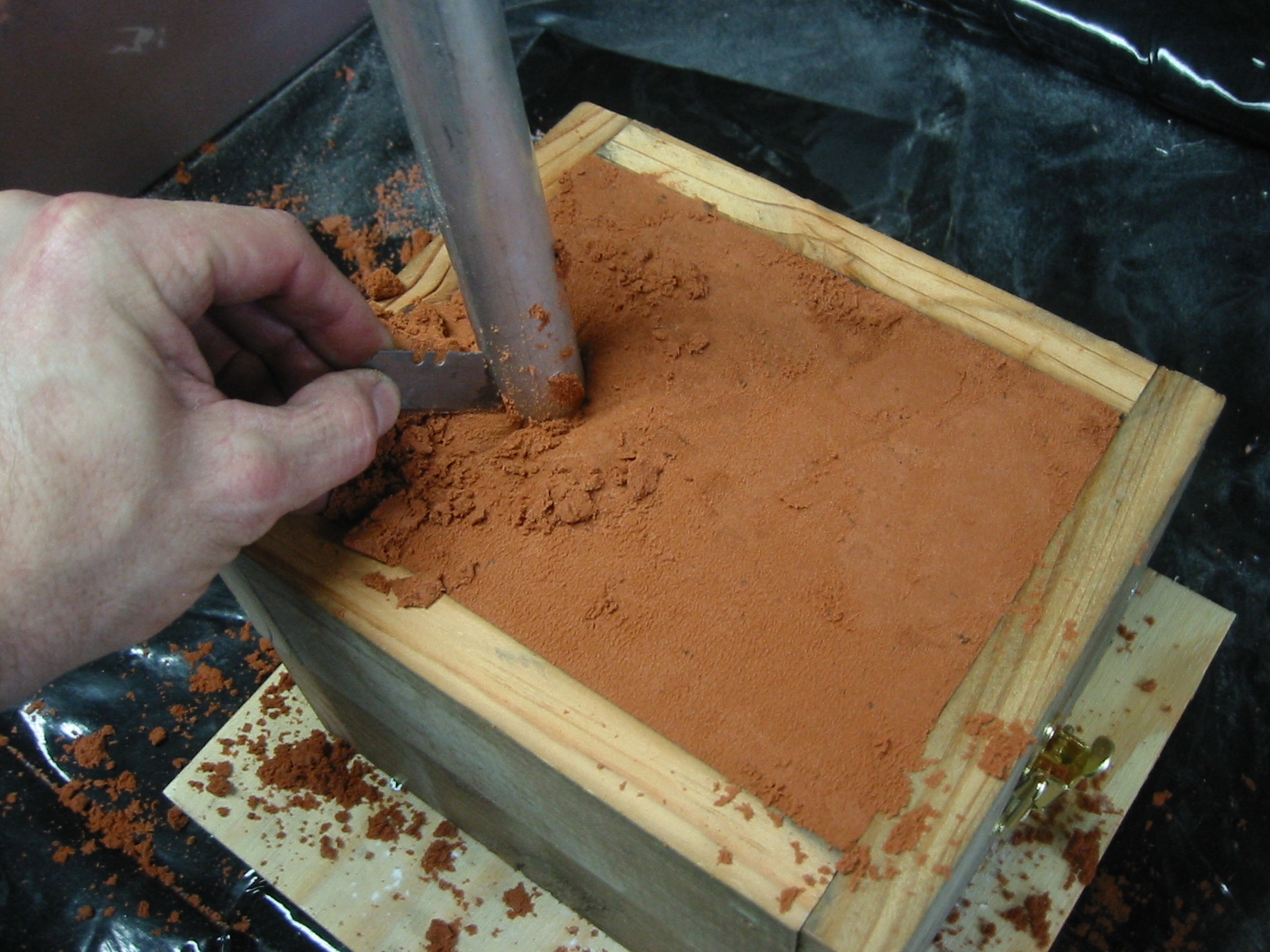
Green sand molding is used for standard shapes and high-volume production, offering good economy and speed. Resin sand molding is selected for complex geometries or tighter tolerance needs.
Cores are made when internal passages are required. Core shooting machines produce sand cores using cold-box or hot-box technology, which are then precisely placed into the mold before pouring.
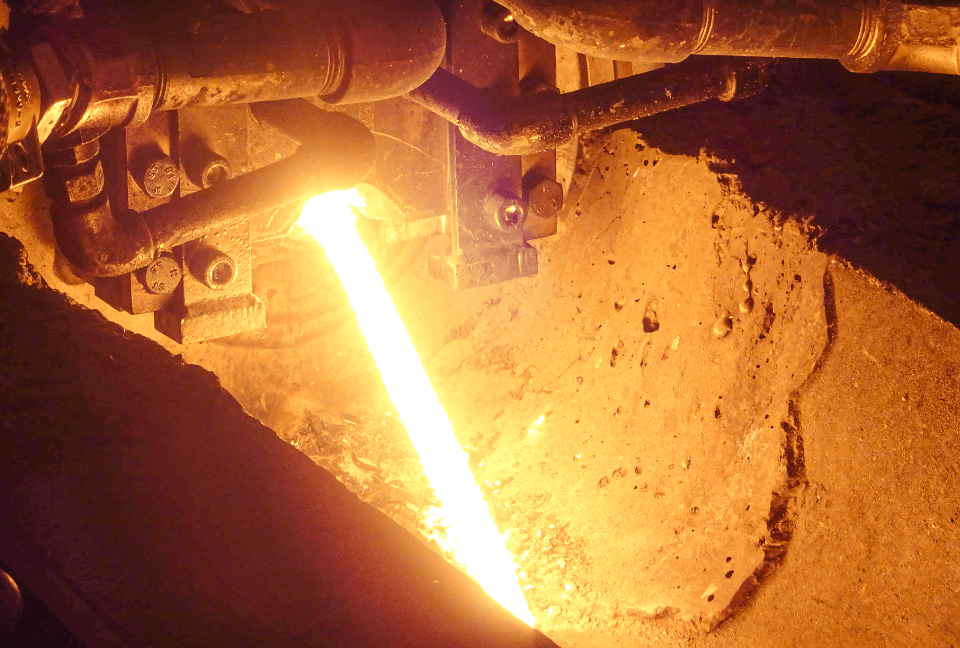
Grey iron is melted in a medium-frequency induction furnace. The raw material mix typically includes pig iron, scrap steel, and recycled castings to ensure stable composition.
Molten iron is poured into the prepared molds at controlled temperatures, usually between 1350°C and 1450°C, to ensure smooth flow, complete filling, and minimal casting defects.
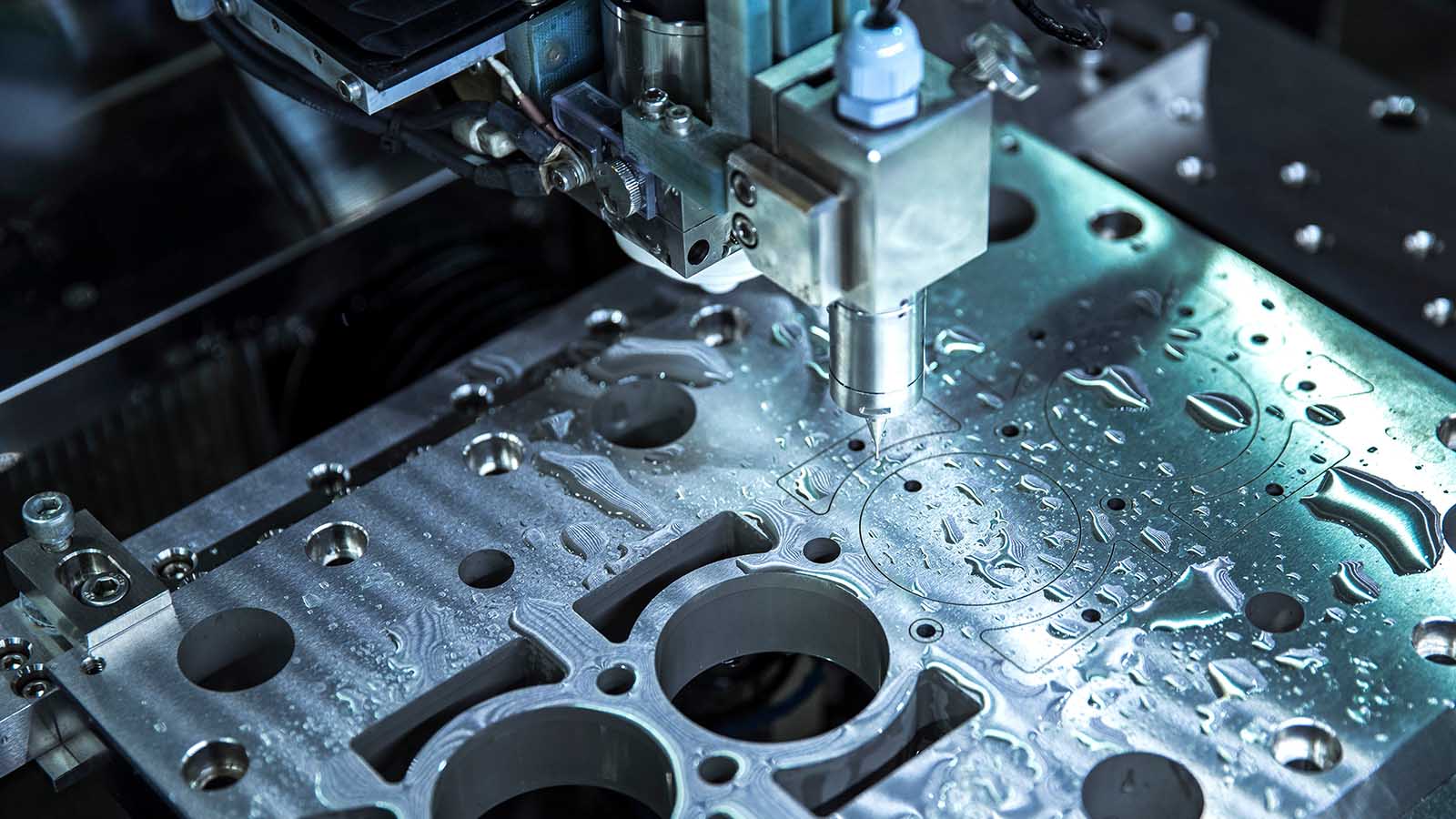
CNC machining is applied to critical surfaces to achieve required tolerances and finishes. This includes milling, turning, and surface grinding as needed.
Holes are drilled and threads are tapped according to drawing specifications. Additional treatments such as deburring or surface coating may also be performed upon request.
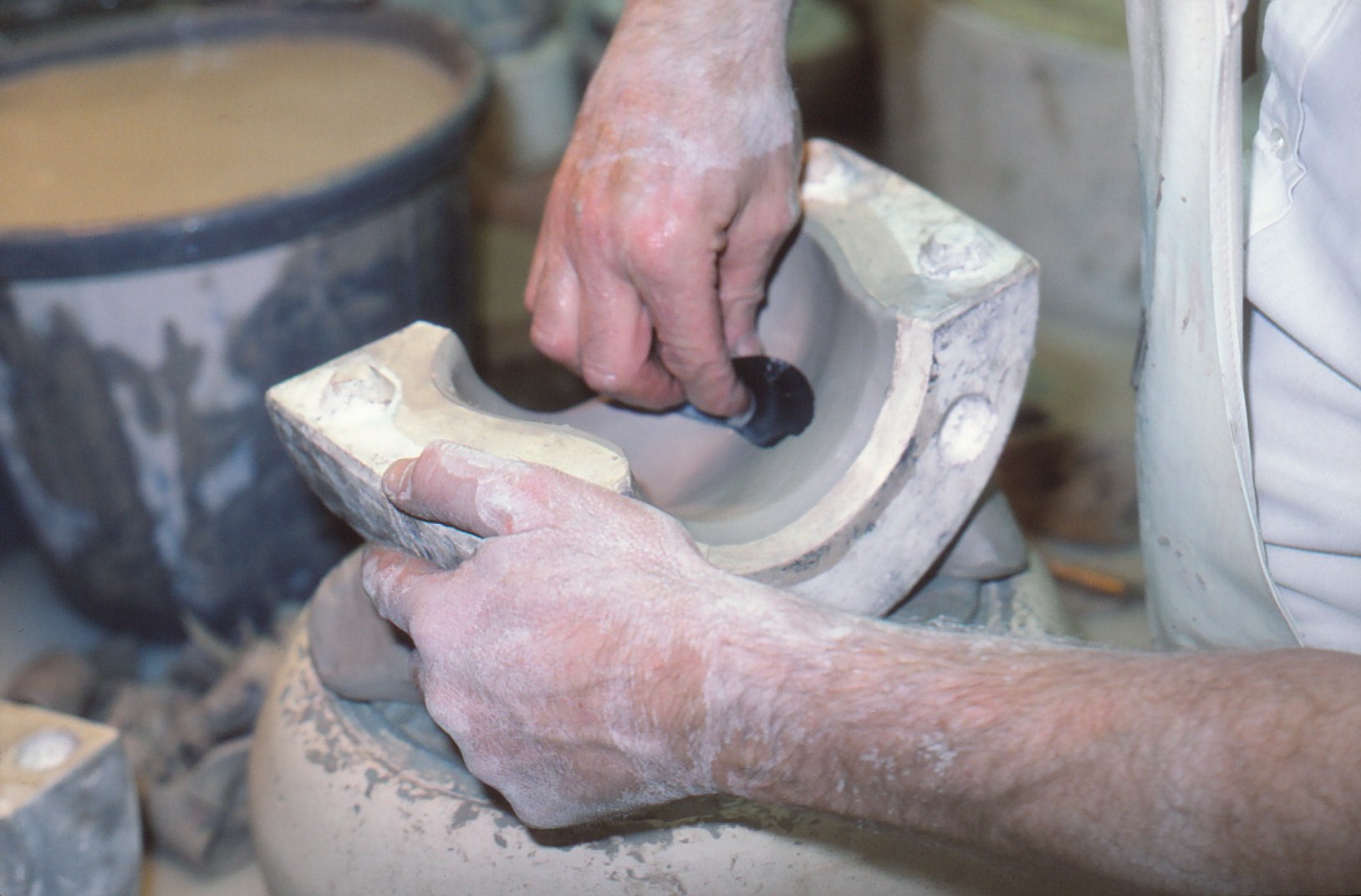
Castings are cleaned by shot blasting to remove sand residue, scale, and oxides, revealing the metal surface underneath.
Fettling involves removing gating systems, risers, and any excess material using cutting tools or grinders. Care is taken not to affect dimensional accuracy.

Castings are cooled in the mold under controlled conditions to minimize internal stress and distortion. Cooling time varies depending on part size and wall thickness.
After cooling, molds are broken apart and the castings are removed. The sand is separated and recycled for use in future molds.

3D models are created based on customer drawings, considering shrinkage and machining allowance.
Patterns are CNC-machined from wood, aluminum, or resin, depending on accuracy and production volume. Wood is used for small batches, aluminum for durability, and resin for complex, high-precision parts.

Green sand molding is used for standard shapes and high-volume production, offering good economy and speed. Resin sand molding is selected for complex geometries or tighter tolerance needs.
Cores are made when internal passages are required. Core shooting machines produce sand cores using cold-box or hot-box technology, which are then precisely placed into the mold before pouring.

Grey iron is melted in a medium-frequency induction furnace. The raw material mix typically includes pig iron, scrap steel, and recycled castings to ensure stable composition.
Molten iron is poured into the prepared molds at controlled temperatures, usually between 1350°C and 1450°C, to ensure smooth flow, complete filling, and minimal casting defects.

CNC machining is applied to critical surfaces to achieve required tolerances and finishes. This includes milling, turning, and surface grinding as needed.
Holes are drilled and threads are tapped according to drawing specifications. Additional treatments such as deburring or surface coating may also be performed upon request.

Castings are cleaned by shot blasting to remove sand residue, scale, and oxides, revealing the metal surface underneath.
Fettling involves removing gating systems, risers, and any excess material using cutting tools or grinders. Care is taken not to affect dimensional accuracy.

Castings are cooled in the mold under controlled conditions to minimize internal stress and distortion. Cooling time varies depending on part size and wall thickness.
After cooling, molds are broken apart and the castings are removed. The sand is separated and recycled for use in future molds.
Chemical Composition Testing
Each melt is analyzed using a direct-reading spectrometer to verify that the chemical composition of the grey cast iron complies with relevant standards such as EN1561 or ASTM A48. Key elements such as carbon, silicon, manganese, phosphorus, and sulfur are monitored to ensure casting performance and consistency.
Mechanical Property Testing
Mechanical tests are performed on sample bars cast under the same conditions as the product. These include:
-
Tensile strength testing to evaluate structural integrity
-
Brinell hardness testing to determine wear resistance
-
Microstructure analysis under a metallurgical microscope to confirm graphite shape and matrix structure (e.g., pearlite/ferrite ratio)
Dimensional Inspection
Critical dimensions are checked using calibrated tools such as calipers, micrometers, height gauges, and coordinate measuring machines (CMM). This ensures that all casting features meet drawing tolerances and customer specifications, especially for machined surfaces and assembly interfaces.
Surface Defect Inspection
Each casting is visually inspected for common surface defects including sand holes, shrinkage, and cold shuts. For higher-reliability applications, magnetic particle inspection (MPI) or dye penetrant testing may be conducted to detect fine surface cracks, especially around machined or load-bearing areas.
Pressure Testing
For pump housings used in pressurized environments, hydrostatic or pneumatic pressure testing is conducted. The casting is sealed and subjected to a specified internal pressure to ensure there are no leaks or structural failures. Test pressure and duration are determined according to the working conditions and client requirements.
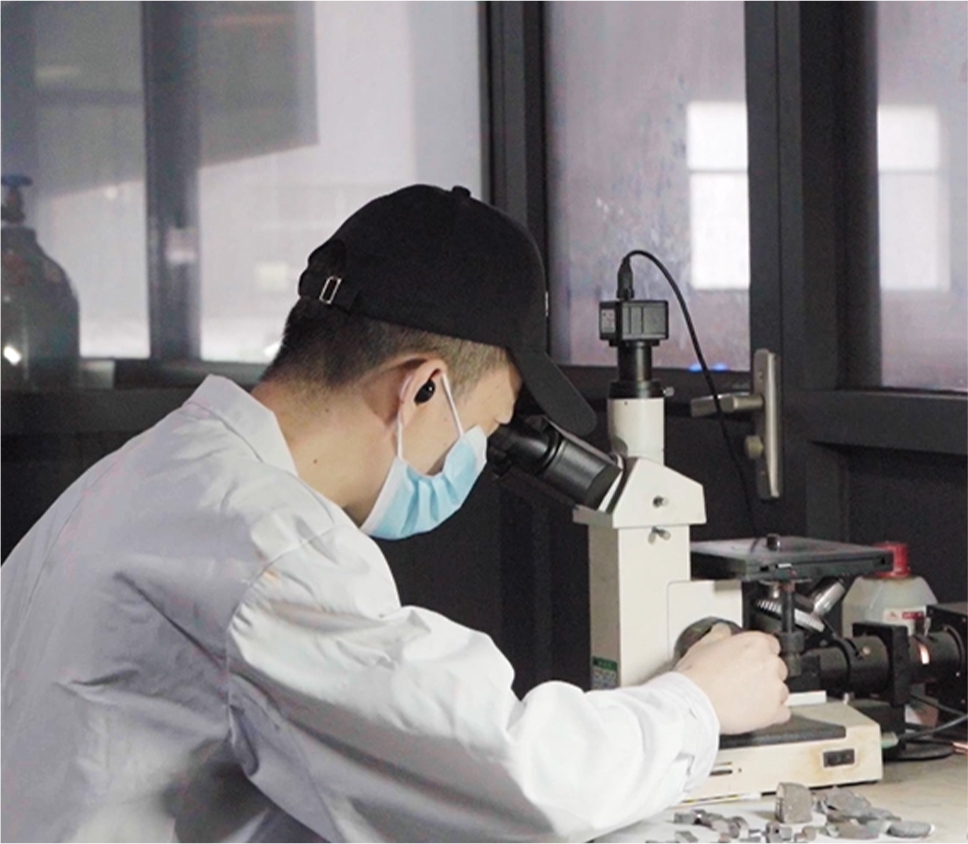
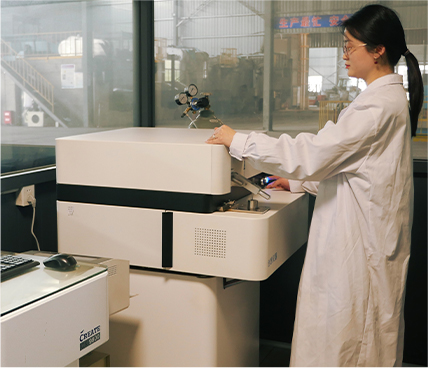
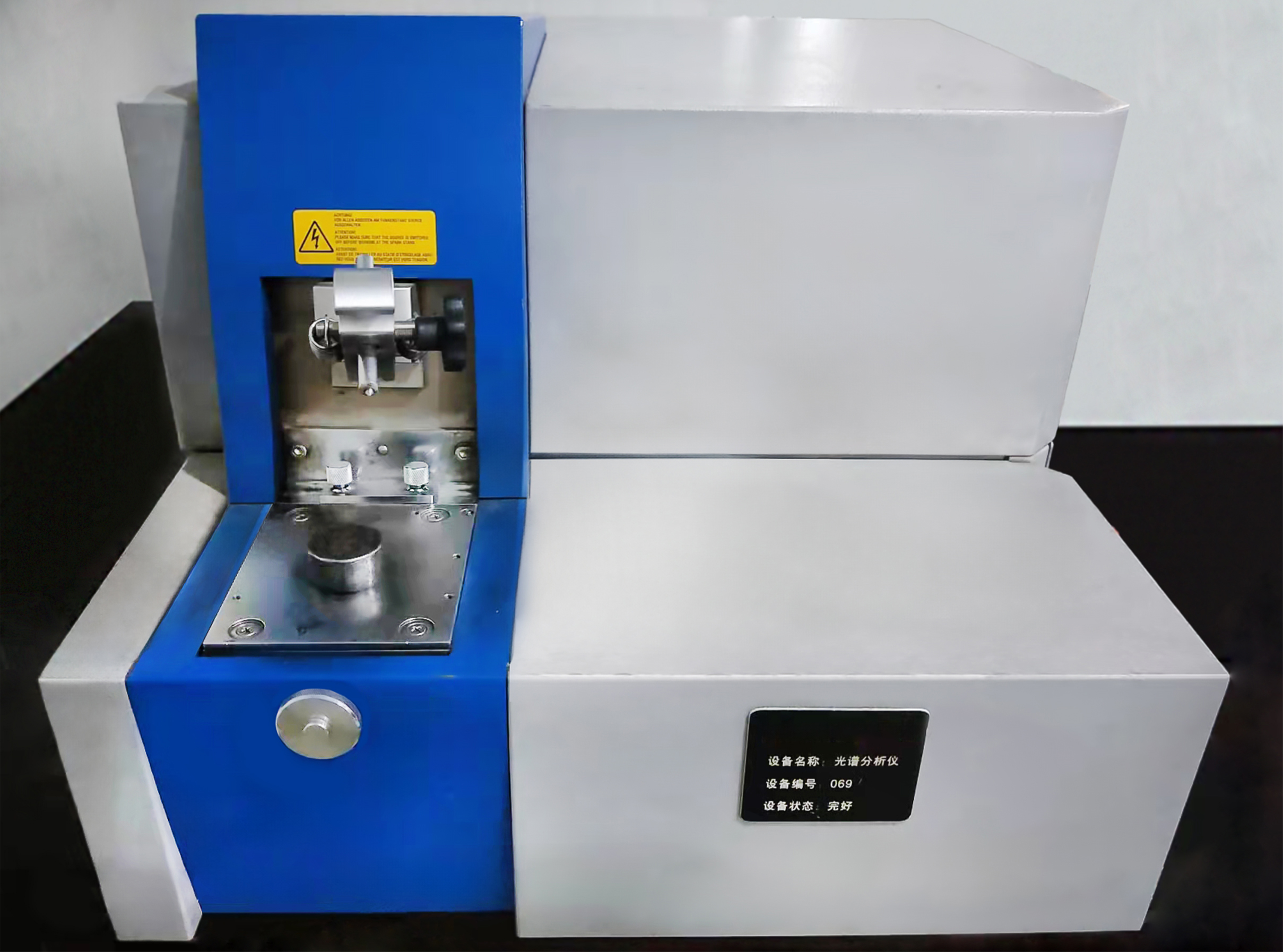
Rust Protection Treatment
Before packaging, all castings undergo anti-rust treatment to ensure corrosion resistance during transportation and storage. Common treatments include applying anti-corrosion oil or a water-based rust inhibitor, especially for machined surfaces and critical contact areas.
Secure and Export-Ready Packaging
Each product is carefully packed in fumigation-free wooden crates or reinforced wooden pallets to ensure safety during handling and long-distance shipping. The packaging is compliant with international export standards (ISPM-15) and suitable for sea, air, or land transport.
-
Heavy or large parts are secured with steel straps and foam pads to prevent shifting or collision.
-
Small and medium-sized castings are individually wrapped and separated with protective padding to avoid surface damage.
-
If required, desiccant or shrink film is added inside the packaging to control moisture.
Customized Labeling and Marking
We provide customized labels, barcodes, and product markings based on customer requirements. Typical markings include:
-
Part number and revision code
-
Purchase order number
-
Heat number or batch number for full traceability
-
Customer logo or destination tags (if needed)
Lead Time
Standard lead time is 45 to 55 working days, depending on:
-
Order quantity
-
Whether machining or special testing is required
-
Pattern availability and casting complexity
Urgent delivery requests or phased shipments can be arranged upon agreement.
